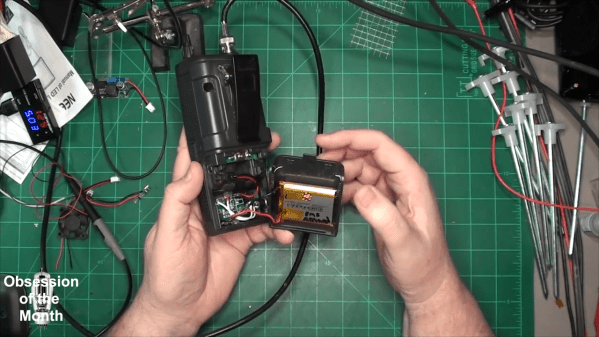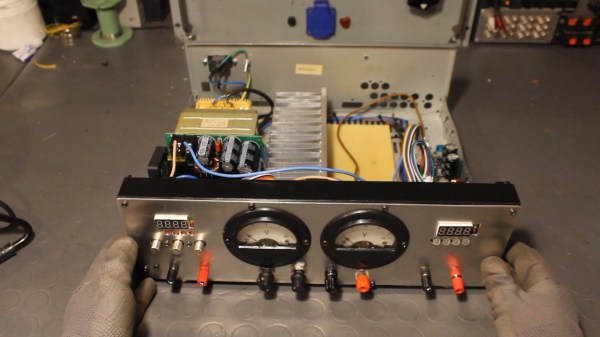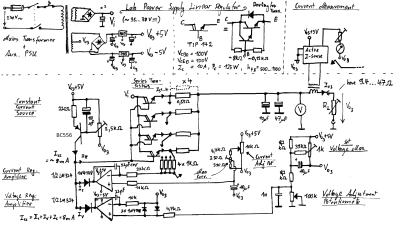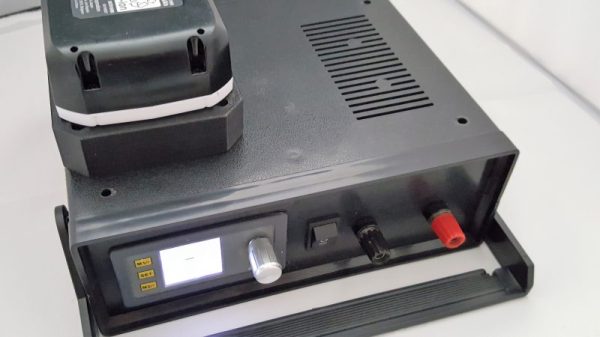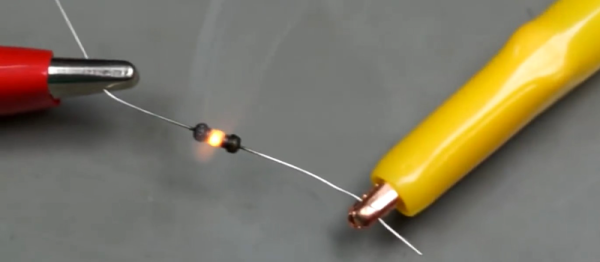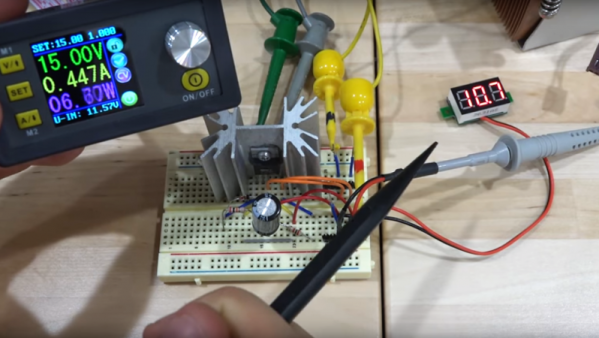For small electronics projects, prototyping a design on a breadboard is a must to iron out kinks in the design and ensure everything works properly before a final version is created. The power supply for the breadboard is often overlooked, with newcomers to electronics sometimes using a 9V battery and regulator or a cheap USB supply to get a quick 5V source. We might eventually move on to hacking together an ATX power supply, or the more affluent among us might spring for a variable, regulated bench supply, but this power supply built specifically for breadboards might thread the needle for this use case much better than other options.
The unique supply is hosted on a small PCB with two breakout rails that connect directly to the positive and negative pins on a standard-sized breadboard. The power supply has two outputs, each of which can output up to 24V DC and both are adjustable by potentiometers. To maintain high efficiency and lower component sizes, a switch-mode design is used to provide variable DC voltage. A three-digit, seven-segment display at the top of the board keeps track of whichever output the user selects, and the supply itself can be powered by a number of inputs, including USB-C or lithium batteries.
Continue reading “2024 Business Card Challenge: Adding Some Refinement To Breadboard Power Supplies”


